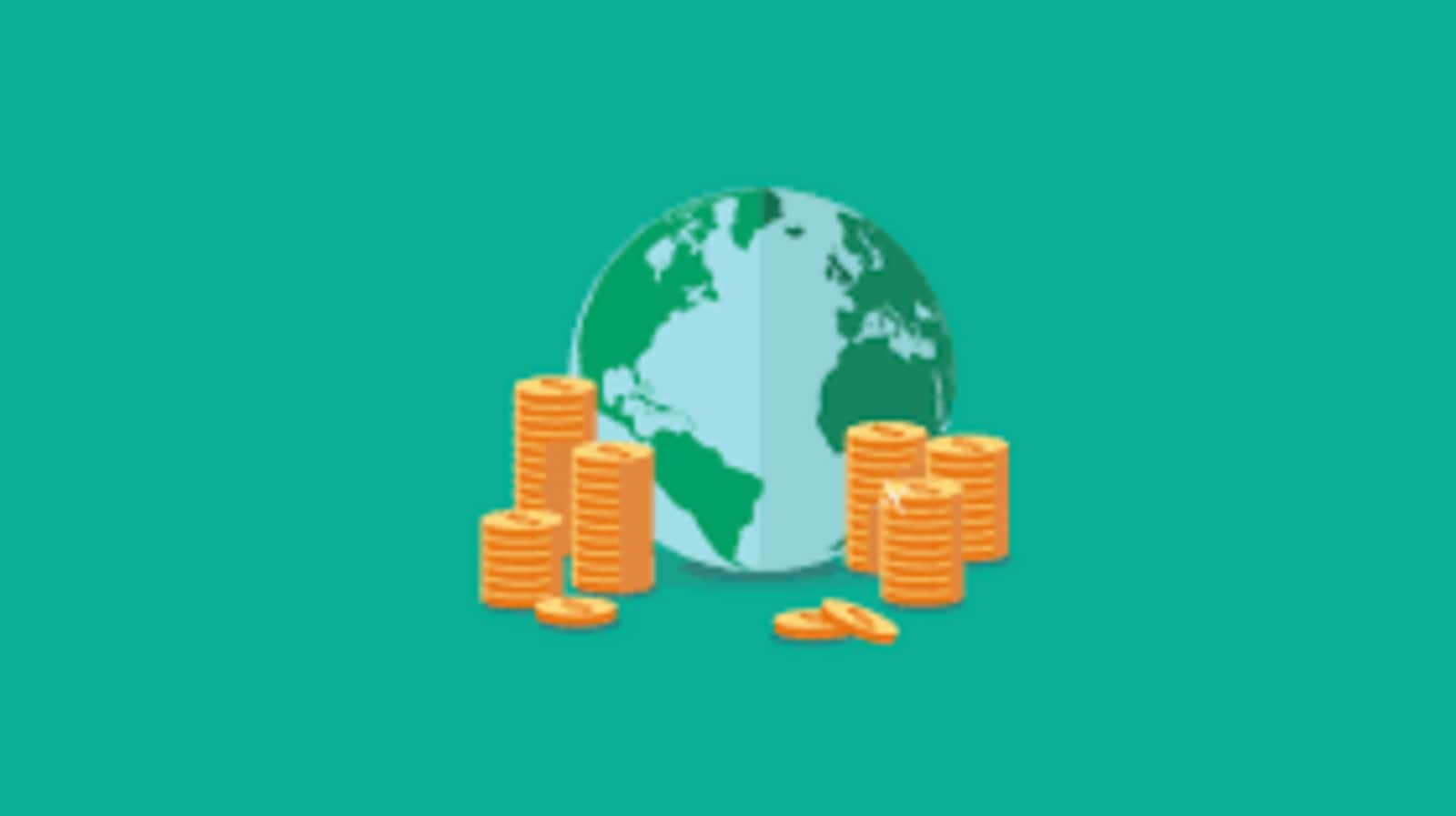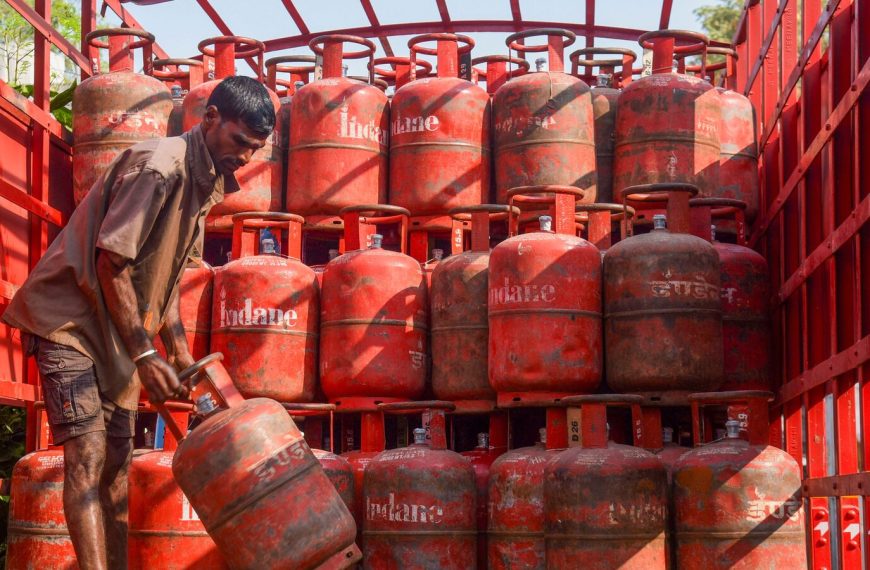In today’s rapidly shifting economic landscape, the actions of U.S. President Donald Trump are profoundly impacting global trade and monetary policy. As central banks around the world grapple with uncertainty, the White House’s unpredictable strategies are forcing them to rethink their approaches to interest rates. With the potential for escalating tariffs and trade tensions, the financial community is on high alert, making it crucial to analyze the implications of these developments.
Central Banks at a Crossroads
Recent moves by key central banks illustrate a growing cautiousness in monetary policy. Federal Reserve Chair Jerome Powell recently opted to keep U.S. interest rates steady, highlighting the prevailing uncertainties just weeks before Trump is poised to introduce more tariffs. This decision reflects a broader trend, as central banks worldwide, including the Bank of England (BOE) and Sweden’s Riksbank, are adjusting their stances in response to a complex global economic environment.
- Federal Reserve: Rates remain unchanged as policymakers await clearer signals.
- Bank of England: Shifted away from a dovish position, maintaining rates at 4.5% with increased emphasis on international risks.
- Riksbank: Declared an end to its easing cycle, influenced by rising inflation and global uncertainties.
The Weight of Uncertainty
The backdrop of soaring trade policy uncertainty is becoming increasingly concerning for central bankers. According to Maxime Darmet, a senior economist at Allianz Trade, the combination of high inflation and trade-related unpredictability places central banks in a precarious situation.
- Klaas Knot, a member of the European Central Bank’s Governing Council, echoed these sentiments, stating that predicting inflation trends in the eurozone has become exceedingly challenging due to potential tariff impacts and increased government spending on infrastructure and defense.
International Responses to Trade Tensions
The global economy is feeling the reverberations of Trump’s trade policies, with many central banks opting to maintain their current interest rates. In Japan, Indonesia, and Taiwan, officials are holding steady as they navigate the murky waters of international trade dynamics. Kazuo Ueda, the Governor of the Bank of Japan, emphasized the difficulties in gauging progress toward economic goals amid ongoing trade policy uncertainties.
- Chinese banks also opted to keep borrowing costs unchanged for the fifth consecutive month, reflecting the broader hesitance among global financial institutions.
Looking Ahead: The Impact of U.S. Policies
The uncertainty surrounding Trump’s tariff strategies continues to loom large. The European Central Bank (ECB) recently cut rates, but market participants are now divided on future actions, with many calling for a cautious, meeting-by-meeting approach. President Christine Lagarde described the current climate as having “far-reaching implications,” with some council members referring to the uncertainty as “phenomenal.”
As Trump has imposed tariffs on nations like Mexico, Canada, China, and the European Union, retaliatory measures could spark a broader cycle of trade conflict. With anticipated decisions regarding reciprocal tariffs looming, the potential for a global economic realignment remains high.
A Call for Action
In light of these developments, Trump has suggested that the Federal Reserve should consider rate cuts in response to the evolving economic landscape. He recently expressed on Truth Social, “The Fed would be MUCH better off CUTTING RATES as U.S. Tariffs start to transition their way into the economy. Do the right thing. April 2nd is Liberation Day in America!!!”
As the landscape continues to shift, central banks worldwide are faced with the challenge of adapting their strategies in the face of unprecedented uncertainty. The actions taken in the coming weeks and months will be pivotal in shaping the global economy.











